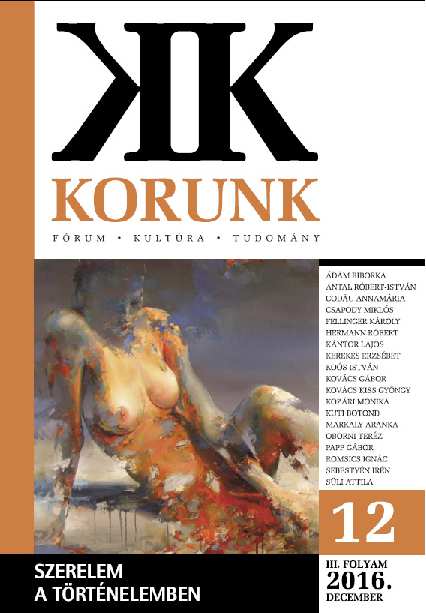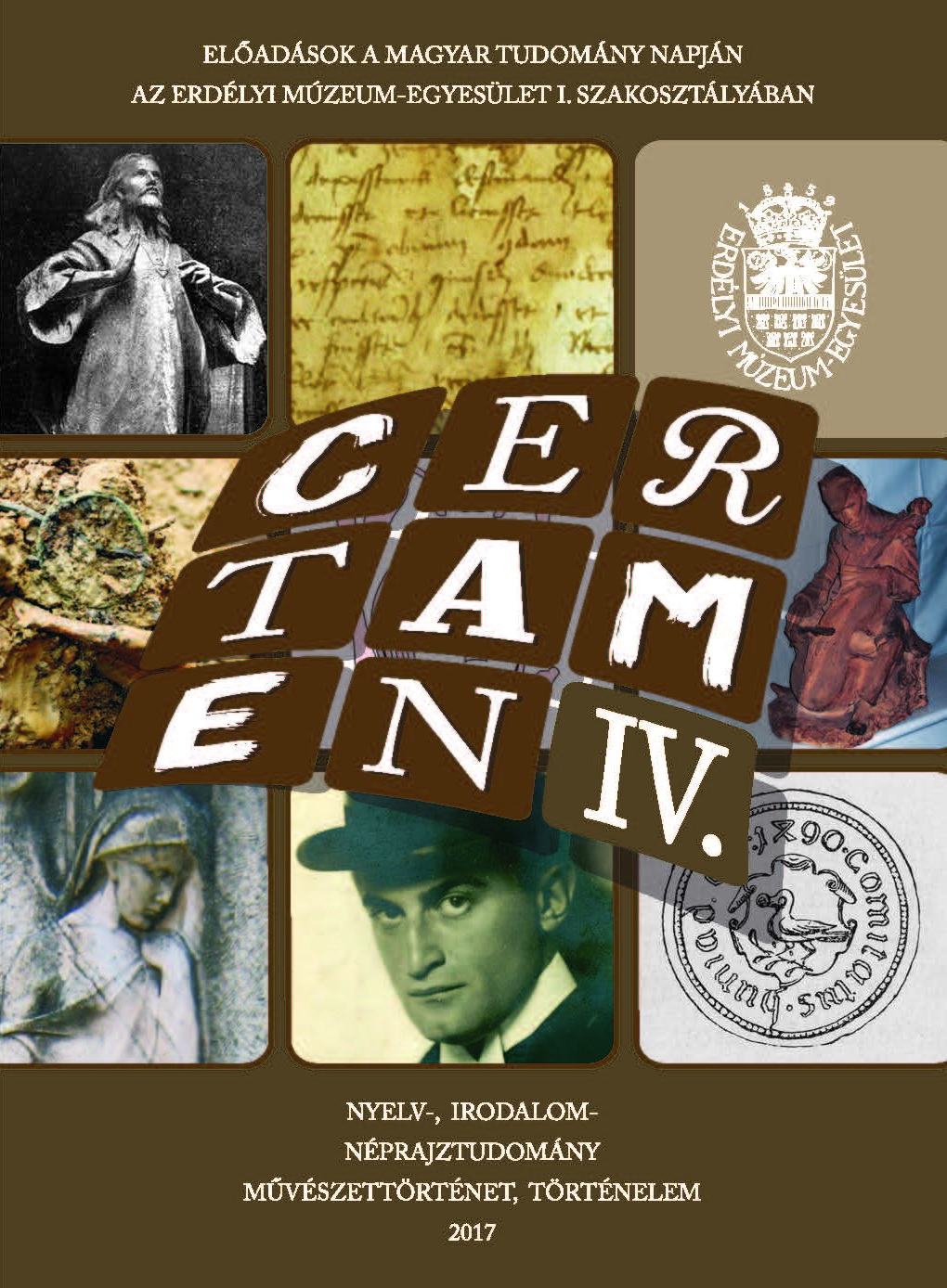
We kindly inform you that, as long as the subject affiliation of our 300.000+ articles is in progress, you might get unsufficient or no results on your third level or second level search. In this case, please broaden your search criteria.


In 1817, the former Ottoman creditor, official and diplomat of Armenian origin Manuc Mirzayan submitted to the czar a project for the construction of a city to stimulate local welfare on the Russian-Ottoman borderland of Bassarabia, which the Czarist Empire had annexed from the Ottoman Empire in 1812. Manuc died shortly after and the czar rejected his project, opting instead to gradually strengthen imperial control of the borderland. This study focuses on Manuc’s proposal to inquire: How could a runaway Ottoman imperial official propose a project for the prosperity of a borderland under Russian authority and expect it to be granted? By asking such a question the study hints at the continuities between the Ottoman and Russian methods of imperial rule on the borderland, which allowed Manuc to preserve his prestige and political agency. More importantly, the study aims to explain the meaning of Manuc’s claim to become a city-builder, in the context where imperialofficials of the Ottoman or Czarist Empires did not customarily advance such a claim. Thus, it argues that transformations in Ottoman rule were responsible with the appearance, at the European Ottoman-Czarist borderland, of elites that redefined their power as being based on the promotion of social welfare and which claimed the reallocation of imperial resources for this purpose. The making of such claims can be defined, in accordance with the revisionist literature about modernity, as a form of modernization alternative to the Eurocentric model. In other words, the article suggests that internal social and political transformations of non-European empires could be analyzed as stimulents for models of modernization other than the transplant of European institutions. The article is divided in four sections. The first briefly narrates the historical context of the Ottoman tributaries Wallachia and Moldavia at the end of the 18th and beginning of the 19th century, particularly the changes in the rule of the territories that passed from Ottoman to Russian control. The second recreates Manuc’s biography from the beginning of his activity at Rusçuk, in the Ottoman Empire, until his death in Czarist Bessarabia, to reveal the social and political networks in the Ottoman borderland. The third section examines the parallel phenomena of tax-farming in the borderland and in other Ottoman territories as manifestations of an empire-wide transformation: the imperial elites’ appropriation of public revenues. The last part explains how Manuc envisioned the redistribution of public sources as a stimulant for social change.
More...
In the political context of East European and Russian imperial history, the emergence and gradual integration of the peripheries of the Russian Empire into the polity of the Romanovs continues to elicit the interest of scholars. The case of Bessarabia, a region that emerged on the map in 1812 as a result of inter-imperial rivalry during the Russian-Turkish War of 1806-1812, is particularly relevant for the developments in the region during the early 19th century. The article deals with the activity and ultimate failure of a special committee created by the imperial authorities with the aim of establishing a peculiar model of local government for the new Bessarabian province during the period following its annexation to the Empire. The author discusses the reasons of the committee’s failure and the role of individual actors in the short-lived experiment of Bessarabian autonomy.
More...

Steven Richmond: The Voice of England in the East. Stratford Canning and Diplomacy with the Ottoman Empire. I. B. Tauris, New York – London, 2014.
More...

Count Gyula Andrássy and Queen Elisabeth have first met on the 8th of January in 1866, at the Burg, when the Hungarian delegation visited Vienna to honour Elisabeth. Their friendly relationship was established by the work they have done that year to achieve the compromise between Austria and Hungary.Both Elisabeth and Andrássy were well-known people of their time, so they knew a few things about each other before they met. Two fitting, smart and nice-looking people got together. Based on their letters, it is clear that Andrássy had loved Elisabeth, but it isn’t known if their relationship was a fulfilled romance, or just Platonic love. This knowledge was very much desired by their peers at the time, and people are still keen to know the truth. After a while, love or lust has become friendship. According to the daughter of Elisabeth, after the death of Andrássy, the queen was mourning her only true friend. Their relationship had an impact on politics from the beginning.
More...
At the end of May 1849, Captain Ferenc Máday from the Mátyás-hussar regiment published an interesting diary in the gazette “Marczius Tizenötödike”. This source had hithertonot been used by historians, although the author took part in the fights of the Székely-Camp, and then in the selfdefence struggle of Háromszék. Ferenc Máday was born in 1808 in Nagymar of Pozsony county in a Roman-Catholic noble family. He served as sergeant in 126 the 2nd Hussar Regiment, recruited from Transylvania between 1824 and 1832. After he quit, he lived in Torda. He became member of the political circle formed in Torda county (August 15 1848), and then, at the beginning of September, volunteered to the “Kossuth Lajos” (later 15th Mátyás) Hussar Regiment. Although he was an active participant of the fights in the defence of Háromszék,Máday did not write extensively on the military events, because his main aim was to compile a manifesto against the whole political and military leadership of Háromszék. They, according to Máday, had sabotaged the fights of the Szeklers, while the positive figures of his account were the politicians of the radical opposition. After the repression of the Hungarian War of Independence, Máday made a living as an official in an estate. Living in Buda, in 1867 he has become member of the Honvéd association of the City of Pest. This source is published in its original form as an article from the “Marczius Tizenötödike”, with critical footnotes preserving the original names.
More...
Imenovanje pukovnika Josipa Jelačića hrvatskim banom potkraj ožujka 1848. godine u hrvatskome je narodu izazvalo oduševljenje. To oduševljenje nije bilo ograničeno samo na zemljopisno područje koje je bilo u Jelačićevoj banskoj nadležnosti, nego se prenijelo i na katoličke intelektualce u Bosni, a u to vrijeme oni su bili uglavnom franjevci. U tome imenovanju intelektualci su vidjeli politički pomak u korist hrvatstva i mogućnost odmaka od ideja mađarizacije i germanizacije koje su sve više zahvaćale Hrvatsku. Za intelektualce u Bosni Jelačić je bio nada koja će ojačati Hrvatsku, a iz jake Hrvatske i napaćenome katoličkome puku u Bosni, vjerovahu, može doći spas.
More...
Unpublished documents from the museum's patrimony regarding the restoration of the Danube boundaries following the Treaty of Adrianopol
More...
The author tried to present a few personalities from Wallachia: Petrache Peonaru, Ion Heliade Rădulescu, Ion Ghika, Ion Ionescu de la Brad
More...
The author present Ladislau Teleki s portrait , the leader of Hungarian emigration in Paris.
More...
The author present tree unpublished documents from History Museum about Ion Ghica family.
More...
The author present a few jewelry from the treasure room from National History Museum, seems to belonged to Maria Burada.
More...
The paper present the personality of Ion C. Brătianu , minister and prime minister of Romania, who fight for bringing a foreign prince, for romanian independence
More...
The paper present a unpublished document about the firs conferment of Steaua Romaniei (Romanian Star) in May 22 1877 to general Nicolae Golescu
More...
The Quuen Elisabeta of Romania was a poetess under the name of Carmen Sylva. She wrote poems, she made translation from German to Romanian, and from Romanian into German. Wanderstab was an original story written by gothic characters and was a wedding gift to Maria de Edinburg, feature queen Maria of Romania, in 1893.
More...
The author proposes to highlight the actuality of the substantial considerations on the homeland and the patriotism Mihail Kogălniceanu, an important Romanian politician. The author of the exhibit considers that, in the test of time, the exceptional sense of Mihail Kogălniceanu's thinking remains as it is on the frontispiece of our evolution.
More...
The author reports and presents some new acquisitions of the National Museum of History of the RS of Romania, unpublished works of plastic art which are constituted in important iconographic testimonies that complete the portraits of some remarkable politicians of the modern era : Avram Iancu, Dumitru Brătianu and Ion Ghica
More...
I examine in my study the fashion magazines of the second half of the 19th century compared with the modern social and cultural processes of the age. I show the previously valued as an isolated potential press genre company’s possible join points, interactions, importance, new approach manners through the Magyar Bazár at the time of the Wohl sisters’ editing (1873–1901). In Hungary the endeavours concerning the reformation of the research about press began in the last decade. The lack of the basic researches in the field calls for an urgent widening of the investigations in topics related to the functioning of the publisher houses, of the presses, the relations between the market and the political and cultural life, to the press consumption, journalism or to the regional and international context. To this renewed view about press it is worthy to fi t the re-evaluation the genre of the fashion magazines. The fashion magazines are connected with several other urban cultural institutions and shops, and – on a different level – are also related to the emancipation of the women, in the case of Magyar Bazár one might think about the women’s jobs, education, sport and domestic industry. By their supplements, gifts, illustrations, columns and articles, the fashion magazines had a noteworthy effect on the visual and the design culture of the homes. The fashion magazines played an important role in the women’s professional formation as writers or journalists, as well. The study of these journals point out the multiple and complex relations between the fashion magazines of the second half of the 19th century and the modern literature, art, lifestyle or commerce. The fashion magazines are not isolated journals, through them one can catch sight of the different networks of the modernity.
More...